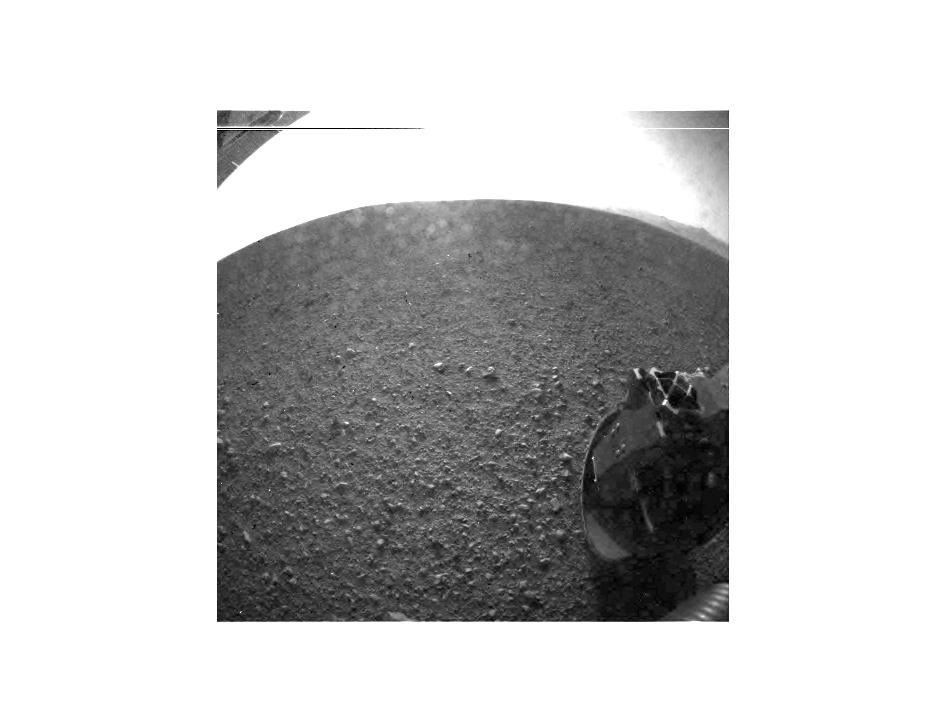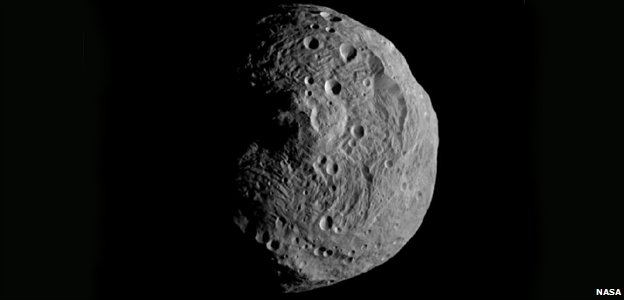“the next time you walk outside on a clear night and see the moon smiling down at you, think of Neil Armstrong and give him a wink”
Private family man, engineer, US Navy fighter pilot, war veteran, civilian test pilot, astronaut, academic, businessman, reluctant hero, and the first man to walk on the moon, Neil Armstrong has died at the age of 82. Reg Turnill, who was the BBC’s aerospace correspondent at the time of the first moon landing, gives his thoughts. Nasa’s tribute is available here. And, via the Professor, Rand Simberg has a detailed biography that’s worth a read. For the 40th Anniversary of the launch of …












